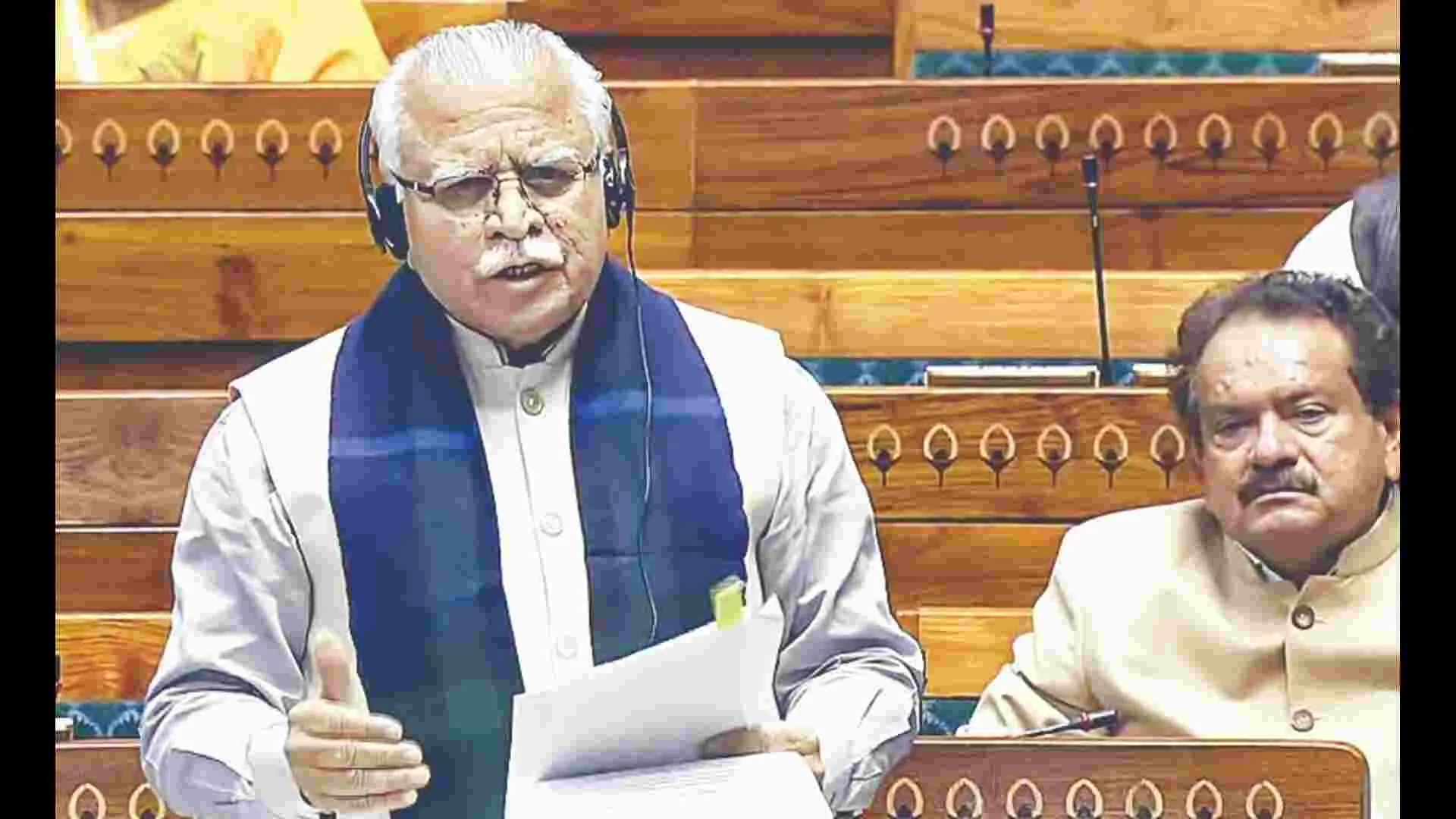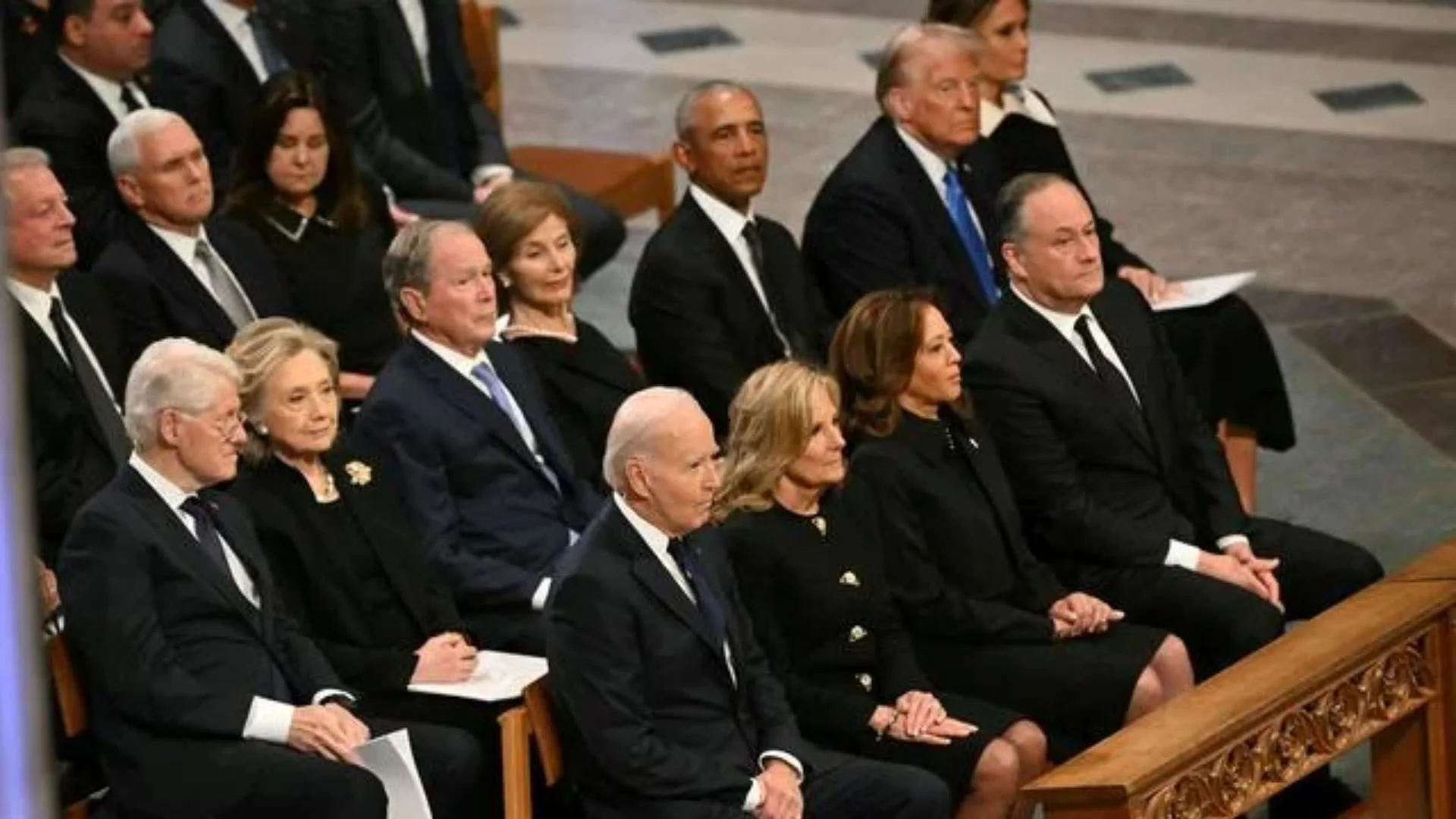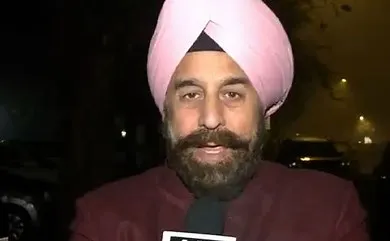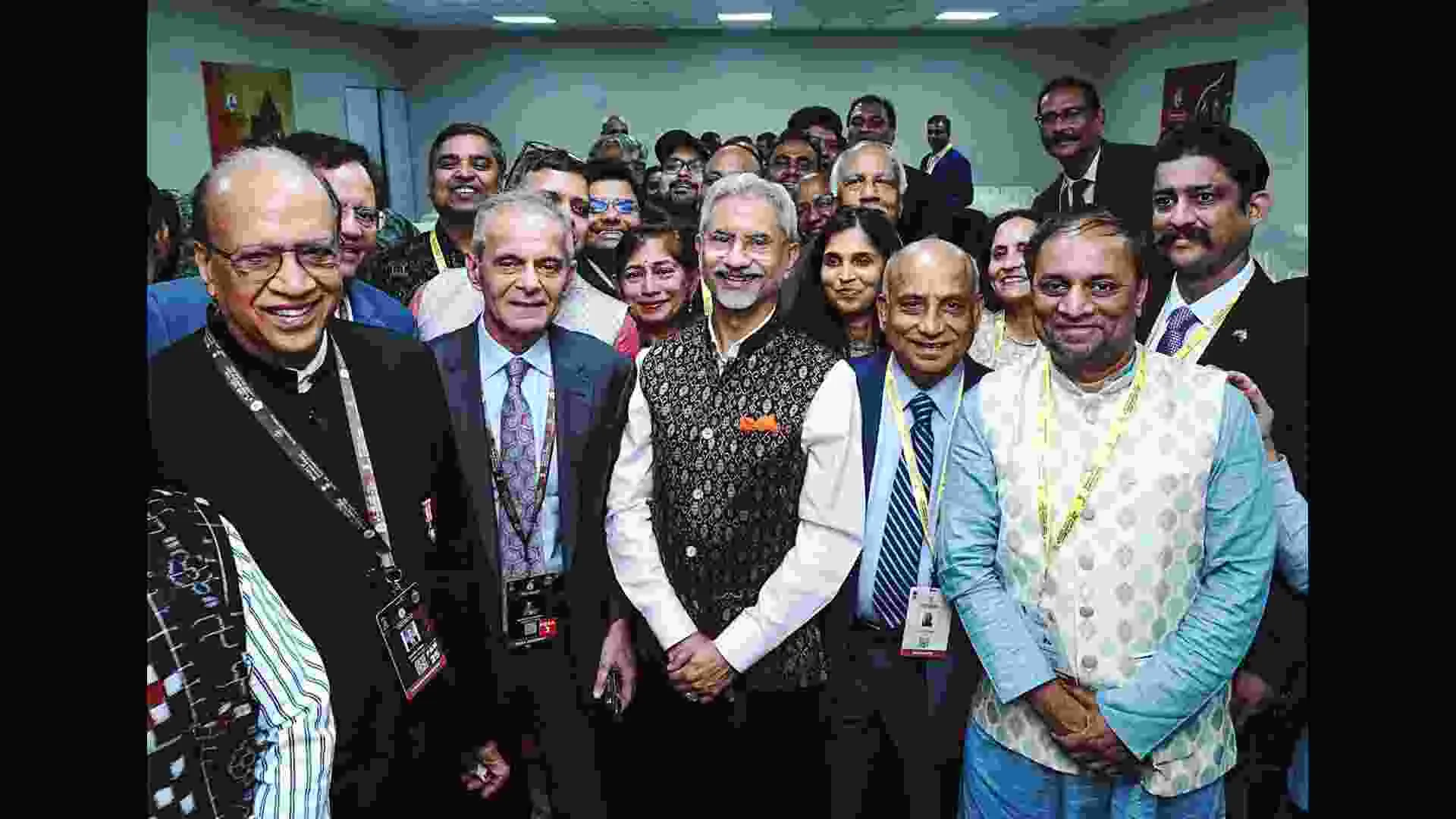In an exclusive conversation, as a part of a special series NewsX India A-List on NewsX, N. Balasubramanian, CEO, 24 Mantra Organic, spoke about his organic food brand and witnessing a shift in people consuming organic and healthy food.
Speaking about what led to the start of Shrestha and the launch of the organic food brand, Balasubramanian said, “A lot of people believe that organic is elitist and so in 2004 when the founder of the company Raj Seelam was thinking about launching an organic food brand, I was working for Mars, not many people gave him a chance of building an organic food business in India. Seelam had seen a lot of farmer distress because of multiple factors we are aware of. More importantly, he saw a huge amount of use of fertilisers and pesticides in all the crops he was handling because he was working for a fertiliser company. Seelam thought that there has to be a better way to do farming and that eventually led to setting up of this organisation with a primary focus on helping the farmers earn a better livelihood. Today, we have other issues going on with farmers but our primary objective in 2004 was to set this business up and help small farmers earn a better livelihood with a better impact on the environment and eventually giving better food to consumers. We knew it was a long haul but we decided to do the right things.”
Talking about the hardships faced in the beginning, he said, “Firstly, identifying the kind of farmers we wanted to work with because it’s not easy and the stories about Indian farmers being risk-averse as the returns are low. Some of the difficulties were convincing farmers to do the right thing and wait for the returns, the organic conversion certificate takes three to four years depending on the program, the condition of the soil and so on. The farmer needs to work on his land for years to get certified and to convince and select the right type of farmers who understand this was a big challenge. Secondly, the other extreme was to convince the consumers to believe. When we initially started selling our products, people were aware of the pesticides, pollution, and other harmful things but they didn’t believe that there is an alternative they can trust.”
Speaking about how the brand is able to keep up with the changing trends since Covid-19 pandemic, Balasubramanian said, “It’s been a continuous journey and we’ve worked for the last 15 years to build the consumer confidence and trust in this whole organic food movement. Before 2020, we had started seeing signs of consumer acceptability for organic and slightly healthier products. 2020 triggered a much better response and people chose healthier alternatives. We’ve reached over a million households in India so far. We intend to build on that because clearly this need to consume better food has changed for the better. I think consumers realise that the money they spend on basic food is not so high. It’s wise to eat good food and spend the money where it really helps with your health.”
Talking about their expansion plans, he pointed out, “Most of the health and wellness products in this country are consumed by around 20 million families out of the whole population. So, we want over two to three million in the next couple of years to start consuming organic food from one million. Similarly, outside India, within the US and the Middle East, we are building the business reasonably well. The idea is to grow within India, the US and the Middle East as well as Malaysia, Australia and other such countries at a good pace. And, keep adding countries as we go along and within India, we are focusing a lot more on tier 2, and tier 3 cities as post-2020 there has been a higher demand.”























